-
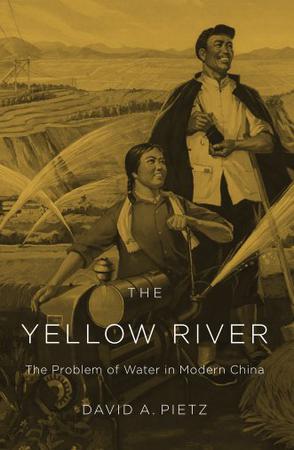
The Yellow River
Flowing through the heart of the North China Plain—home to 200 million people—the Yellow River sustains one of China’s core regions. Yet this vital water supply has become highly vulnerable in recent decades, with potentially serious repercussions for China’s economic, social, and political stability. The Yellow River is an investigative expedition to the source of China’s contemporary water crisis, mapping the confluence of forces that have shaped the predicament that the world’s most populous nation now faces in managing its water reserves. Chinese governments have long struggled to maintain ecological stability along the Yellow River, undertaking ambitious programs of canal and dike construction to mitigate the effects of recurrent droughts and floods. But particularly during the Maoist years the North China Plain was radically re-engineered to utilize every drop of water for irrigation and hydroelectric generation. As David A. Pietz shows, Maoist water management from 1949 to 1976 cast a long shadow over the reform period, beginning in 1978. Rapid urban growth, industrial expansion, and agricultural intensification over the past three decades of China’s economic boom have been realized on a water resource base that was acutely compromised, with effects that have been more difficult and costly to overcome with each passing decade. Chronicling this complex legacy, The Yellow River provides important insight into how water challenges will affect China’s course as a twenty-first-century global power. -
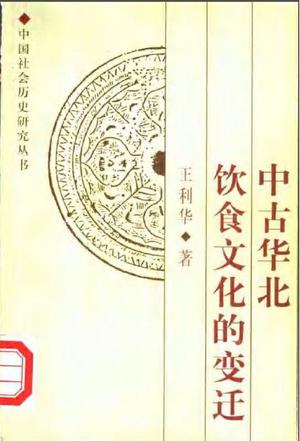
中古华北饮食文化的变迁
-
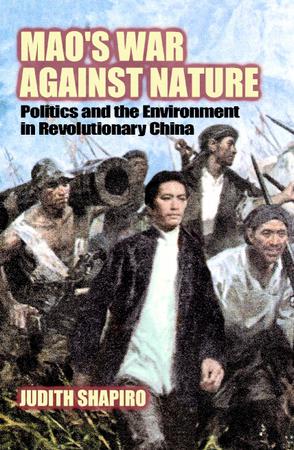
Mao's War Against Nature
In clear and compelling prose, Judith Shapiro relates the great, untold story of the devastating impact of Chinese politics on China's environment during the Mao years. Maoist China provides an example of extreme human interference in the natural world in an era in which human relationships were also unusually distorted. Under Mao, the traditional Chinese ideal of "harmony between heaven and humans" was abrogated in favor of Mao's insistence that "Man Must Conquer Nature." Mao and the Chinese Communist Party's "war" to bend the physical world to human will often had disastrous consequences both for human beings and the natural environment. Mao's War Against Nature argues that the abuse of people and the abuse of nature are often linked. Shapiro's account, told in part through the voices of average Chinese citizens and officials who lived through and participated in some of the destructive campaigns, is both eye-opening and heartbreaking. Judith Shapiro teaches environmental politics at American University in Washington, DC. She is co-author, with Liang Heng, of several well known books on China, including Son of the Revolution (Random House, 1984) and After the Nightmare (Knopf, 1986). She was one of the first Americans to work in China after the normalization of U.S.-China relations in 1979. -
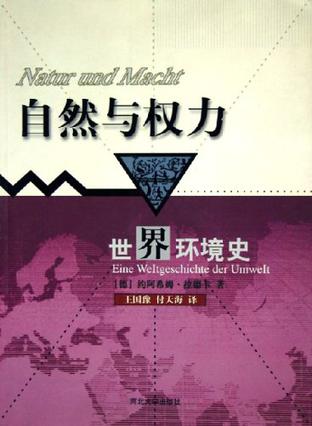
自然与权力
自然与权力:世界环境史,ISBN:9787810970013,作者:(德)约阿希姆·拉德卡(Joachim Radkau)著;王国豫,付天海译 -
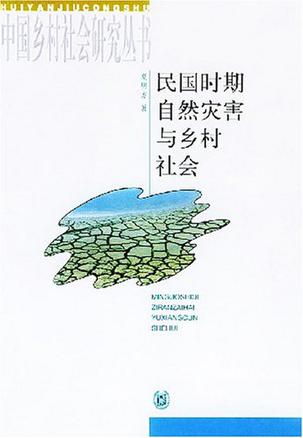
民国时期自然灾害与乡村社会
该书对民国时期自然灾害与乡村社会各个方面的互动关系进行了系统分析,揭示了自然灾害生成、演化的规律、特征及其在乡村社会层层扩散的过程,论述了自然灾害与人口变迁、乡村经济、社会冲突的关系,指出灾害源与社会脆弱性的相互作用。 -
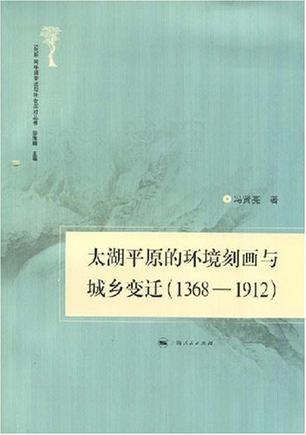
太湖平原的环境刻画与城乡变迁
《太湖平原的环境刻画与城乡变迁(1368-1912)》系500年来环境变迁与社会应对丛书之一种。《太湖平原的环境刻画与城乡变迁(1368-1912)》叙述了1368年至1912年间太湖平原环境的变迁而导致的城乡变迁,展示了人、环境、社会之间的互动关系。全面地展现近五百年来这个地域中环境与社会两方面的变化,以及社会对于环境的反作用、环境对于社会的再影响,故择取的考察面,仍侧重于社会对于环境变化的应对问题。涉及环境卫生史、慈善事业史、疾病医疗史、农业经济史、社会文化史等领域。